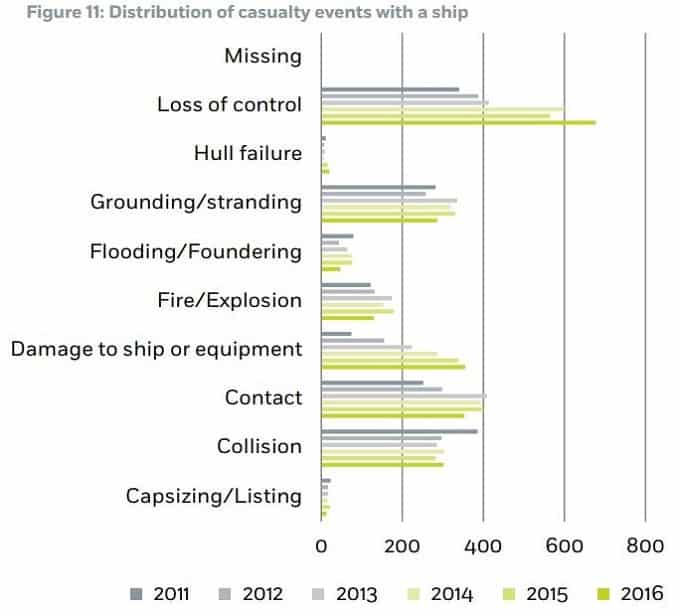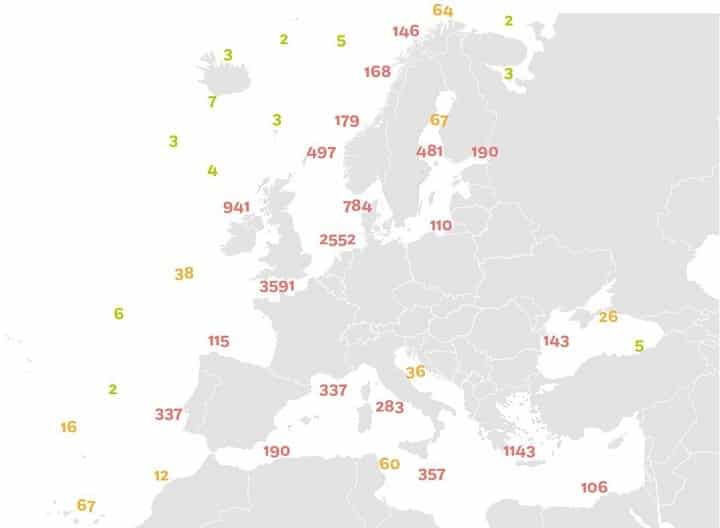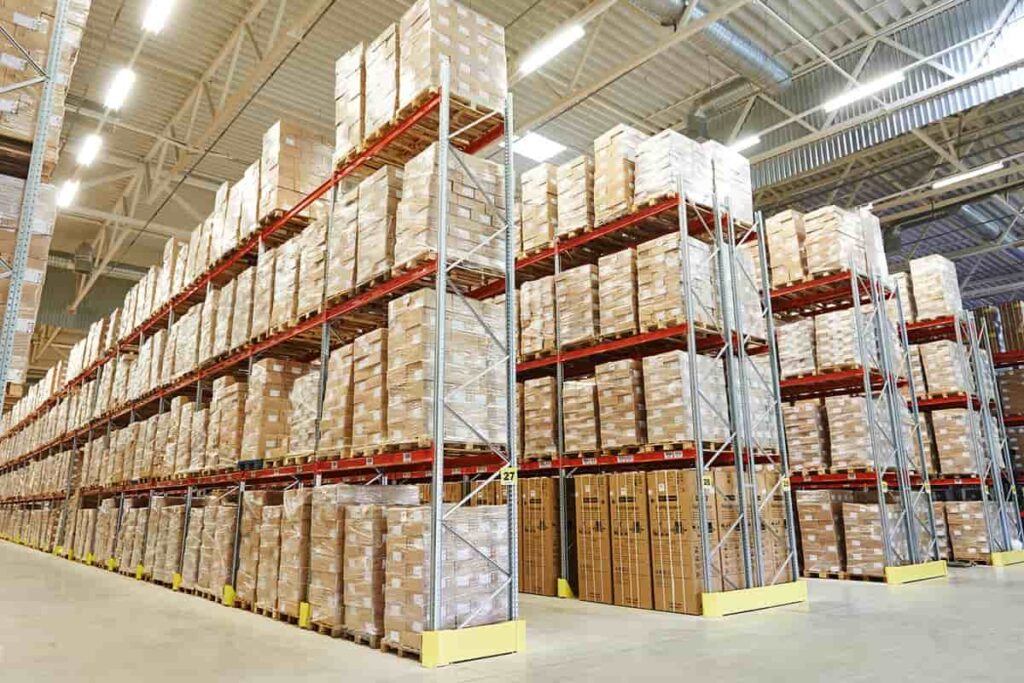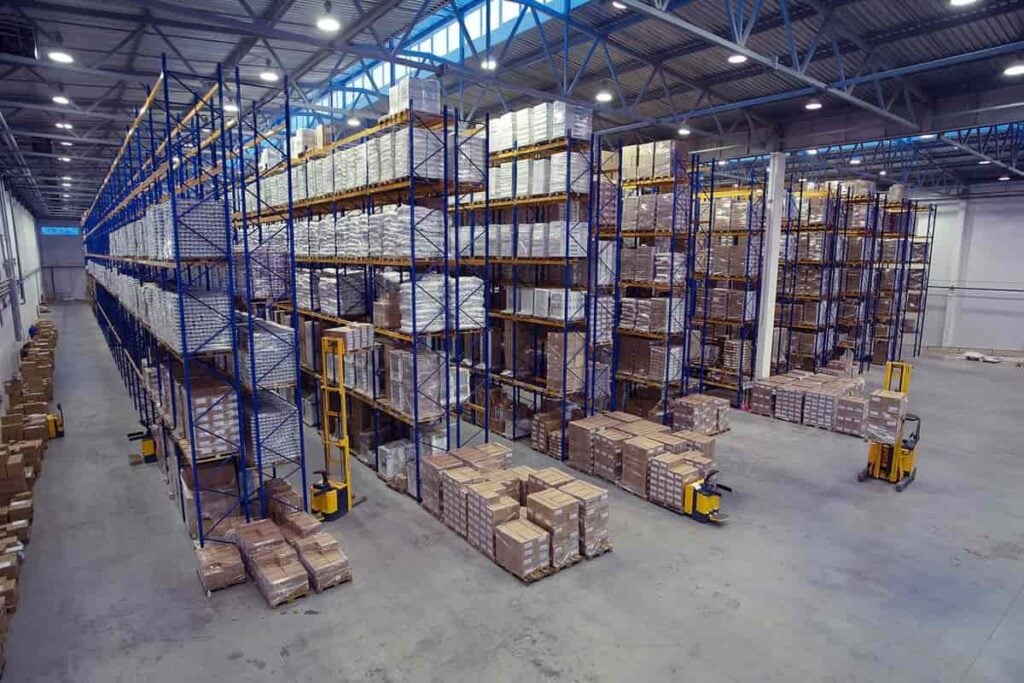How to Avoid a Collision Between Two Boats Using AI
Table of contents

In our recent article on the State of Artificial Intelligence (AI) in China, we talked about how the bright minds at Tsinghua University have counted upwards of 4,925 AI enterprises worldwide that have AI technologies or products as their core operations. It seems like the pace is slowing, and now we’ll see some consolidation as all the leaders emerge and the weak die on the vine. Still, we’re seeing some pretty unique applications for AI that are getting seed funding. Take Orca AI for example. If you’re into the AI startup scene, you’re probably thinking just which Orca AI company we’re talking about here. We’re not exactly sure why killer whales are so popular among AI entrepreneurs, but there are at least three AI firms that use Orca in their name.
First, we have Orca Applied Intelligence which uses machine learning technologies to “allow users to easily & efficiently search unstructured data.” Then, there’s Orca Dental AI which “creates automated dental imaging solutions which improve dental practice of the entire dental ecosystem.” Finally, there’s Orca AI which “advances the maritime industry by providing intelligent navigation solutions.” It’s the last one we want to talk about, mainly because boat collisions sound like a pretty interesting topic.
About Orca AI
We’re never surprised to see innovative startups coming out of Israel, and Orca AI is another Israeli startup trying to tackle a big problem that may not be so apparent – boat collisions. The startup came across our radar last week when they landed a $2.6 million round of seed funding to develop a simple intuitive system that helps boats prevent marine collisions. When you think about it, “simple and intuitive” is a must considering that ships hail from various countries around the world, and you can’t expect multi-national crews to dig into some verbose tutorial, some of which may end up lost in translation. Here’s an example of what the interface might look like:

Looks like they’re using a combination of computer vision, existing radar, and GPS to interpret what lies ahead and then overlay that onto an augmented reality interface that allows navigators to quickly read any given situation.
Update 04/21/2021: Orca AI has raised $13 million in Series A funding to support its investment in technology, international expansion, and growth. This brings the company’s total funding to $15.6 million to date.
As any venture capital firm will tell you, ideas are a dime a dozen. A good idea that gets funded is one that investors believe can be executed. Looking at the pedigree of the founder gives you some indication of their ability to execute. In the case of Orca AI, one founder, Yarden Gross, has previous experience with a startup he co-founded with the co-founder of Waze. The other founder, Dor Raviv, worked at both Cortica (one of our Top 10 Israeli Artificial Intelligence Startups) and OrCam (on our list of 6 Vision Enhancement Devices You Need to See), having also worked on developing autonomous ships for the Israeli Navy for nine years. Also on their board is Omri Dagul, a retired Rear Admiral of the Israeli Navy, with over 40 years in the marine industry.
The next thing a venture capital firm might look at is the scope of the problem you’re trying to address. Just how big of a problem are boat collisions?
How to Avoid a Collision
A very frequently searched Googled term is “who is responsible for avoiding a collision between two boats” and it raises some very interesting questions. In ports, there is an air traffic controller equivalent called a “vessel traffic controller” that helps make sure that boats don’t run into each other, but each boat is expected to assume responsibility for traversing the seas in a safe manner. When two boats collide, it’s generally assumed that both parties did not intend to collide with one another and were equally at fault so they should bear equal responsibility. Even if one ship’s crew were “asleep at the wheel,” you would expect the other ship’s crew not to be. It seems nearly impossible that collisions could even happen out in the open sea given how vast of an expanse it is, but that’s not where most of them happen. Around 90% of boat collisions occur in crowded waterways – you know, where all the boats are. We were quite surprised to see what a big problem boat collisions actually are, and how dangerous they can be.
How Problematic are Boat Collisions?
When it comes to looking at maritime safety, we found a wealth of sources out there. We decided to dig into a very interesting report issued by the European Maritime Safety Agency which describes a five-year time frame (2011 – 2016) during which more than 18,000 ships were involved in “incidents.” (The vast majority of these incidents occurred in the waters surrounding the European Union, though a small number were recorded from other locations around the globe.)

That’s a far bigger number than we would expect to see given that humans have been operating boats for centuries now and it seems like we should have done a better job sorting out this safety stuff by now. Not to mention the fact that we’re only talking about Europe here. The report also talks about how a fair number of minor incidents just go unreported, because who wants to deal with all that if it’s just a few dings and dents. Here’s what a single year – 2016 – looked like:

For the purposes of this article, we’re concerned with those incidents that involved multiple boats running into each other – also called collisions. Turns out that there were somewhere around 300 boat collisions that occurred in European waters during 2016, each of which involved at least two boats (a collision is defined as a casualty caused by ships striking or being struck by another ship, regardless of whether the ships are underway, anchored or moored).

At this point, we already have enough proof that a need exists for collision avoidance systems. However, it’s always good to put the icing on the cake with something that appeals to our heartstrings, not just our purse strings. We’re not just about reducing the economic impact of ships running into each other; we’re about saving lives, people. That’s right, collisions account for a large number of maritime fatalities.

And before we wrap this up, we’ll leave you with one more interesting tidbit of information. Here’s a breakdown of where in the European Union’s waters the majority of these incidents are taking place:

According to an article by VentureBeat, Orca will “sell its solution to companies whose ships carry dangerous cargo like oil or gas or ships that operate in congested areas like ports” before moving on to sell it to any boat that operates in any port.
Conclusion
In understanding how collisions happen, we looked at some case studies and saw some very primitive advice being doled out such as “look out of the window as often as possible.” In an age where we’re creating synthetic life, is this the best solution we have? According to an analysis conducted by global insurance firm Allianz, human error accounted for approximately 75% of the value of almost 15,000 marine liability insurance claims analyzed over five years. While all this will be sorted when autonomous shipping finally arrives, in the meantime we’ll need a solution that keeps ships from running into each other. That same solution can also be used in autonomous ships as well, so the business model makes sense in the long run as well.
Sign up to our newsletter to get more of our great research delivered straight to your inbox!
Nanalyze Weekly includes useful insights written by our team of underpaid MBAs, research on new disruptive technology stocks flying under the radar, and summaries of our recent research. Always 100% free.














